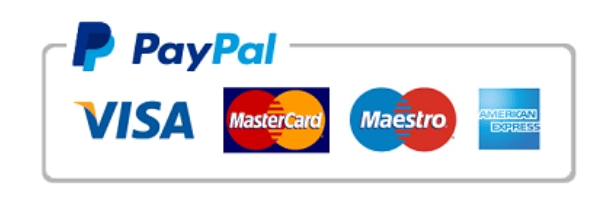Essential Role of Transcripts in Digital Media
In today’s fast-paced digital landscape, content consumption has dramatically evolved. Podcasts, online radio shows, and news channels have become dominant sources of information and entertainment. However, as more people turn to these platforms for content, there is an increasing demand for accessibility, accuracy, and convenience. This is where transcripts play an essential role. By converting audio and video into text, transcripts enhance the reach, accessibility, and usability of digital media. Whether for SEO, legal documentation, or audience engagement, transcripts are proving to be an indispensable tool for content creators and media outlets alike.
1. Boosting Accessibility
One of the primary reasons transcripts are essential in digital media is their ability to make content more accessible. Not all users can consume audio or video content in the same way. Some may be hearing impaired, while others might prefer reading to listening. Offering a text version of audio content ensures that everyone can engage with it, regardless of their abilities or preferences.
Moreover, providing transcripts helps users who may be in environments where listening to audio isn’t feasible, such as quiet libraries or noisy public spaces. They can still access the information through text, increasing the inclusivity of your content and expanding your audience reach.
2. Enhancing Searchability with SEO
Search engine optimization (SEO) is crucial for content creators and digital media platforms that want to be discovered online. Unfortunately, search engines like Google cannot index audio or video content directly; they rely on text to understand and rank it. Transcripts bridge this gap by providing a written record of what is said in a podcast, radio show, or news broadcast.
By converting audio into text, transcripts make it easier for search engines to crawl, understand, and rank your content based on relevant keywords. This, in turn, increases the likelihood that your content will appear in search results, helping you attract more visitors and grow your audience.
3. Legal and Compliance Benefits
Transcripts are also a vital tool for legal purposes. In journalism, podcasts, and news channels, accuracy is paramount. Misquoted interviews or misunderstood facts can lead to serious legal repercussions, including defamation lawsuits or copyright disputes. Having a transcript ensures that you have a written, accurate account of what was said, which can serve as valuable evidence in legal matters.
Additionally, in many regions, there are regulations around making digital content accessible to individuals with disabilities. For example, the Americans with Disabilities Act (ADA) in the United States requires that online content be accessible, which includes offering transcripts for audio content. Failing to comply with these regulations can result in legal penalties, making transcripts not just a convenience, but a necessity.
4. Improving Content Repurposing
One of the great advantages of digital media is its ability to be repurposed across different platforms. Transcripts allow content creators to easily transform spoken content into written formats like blog posts, articles, social media updates, and newsletters. This helps to extend the life of the content, allowing it to reach new audiences in different forms.
For example, a podcast episode can be converted into a blog post that summarizes the key points. This written content can then be shared across social media or sent out as part of a newsletter. Transcripts make it easier to diversify your content strategy and maximize the value of your original work.
5. Enhancing Audience Engagement and Interaction
Transcripts are not only beneficial for content creators; they also enhance the audience’s overall experience. Many users prefer to skim through written content to find the information most relevant to them. A transcript allows them to quickly locate specific topics or quotes without having to listen to an entire episode or broadcast.
Additionally, transcripts can improve engagement by encouraging sharing and discussion. A well-written transcript can be quoted or referenced in online discussions, making it easier for audiences to engage with your content. It also offers a way for audiences to revisit and reflect on key points long after the episode has aired.
In the age of digital media, content creation has become more dynamic than ever before, but it has also introduced new challenges. Accessibility, searchability, legal compliance, and audience engagement are all essential components of a successful digital media strategy. While AI-generated transcripts may offer speed and convenience, they often fall short in terms of accuracy, nuance, and context. Human-generated transcripts provide a higher level of precision, ensuring that every word is correctly captured, especially in cases where complex language, accents, or industry-specific jargon are involved. By providing an accurate, written account of audio and video content, human-generated transcripts open up new possibilities for content creators while ensuring that their work reaches a wider audience and maintains its integrity.
As digital media continues to evolve, the role of transcripts—and particularly human-generated ones—will only grow in importance. They are no longer a “nice-to-have” feature but an essential part of creating high-quality, accessible, and engaging content in today’s competitive online environment.




